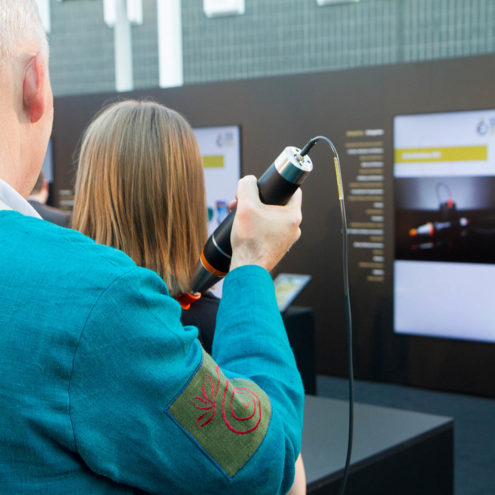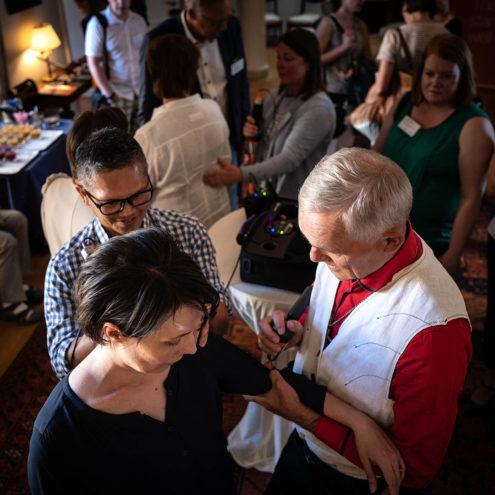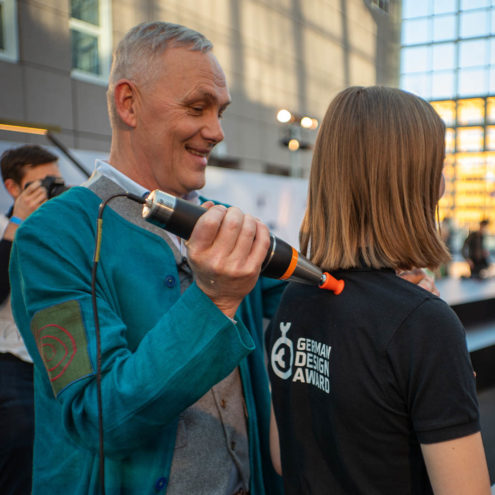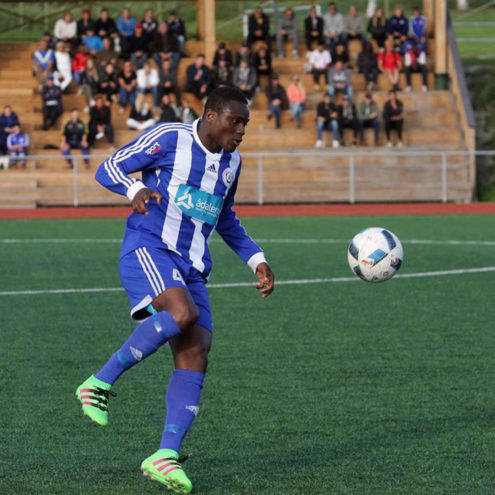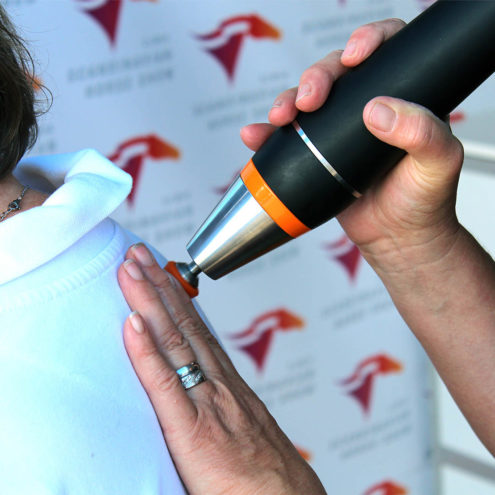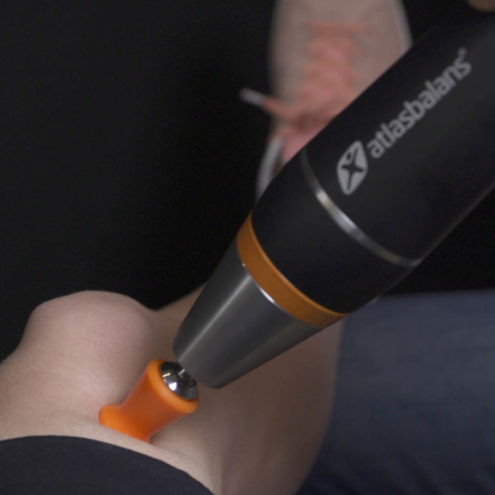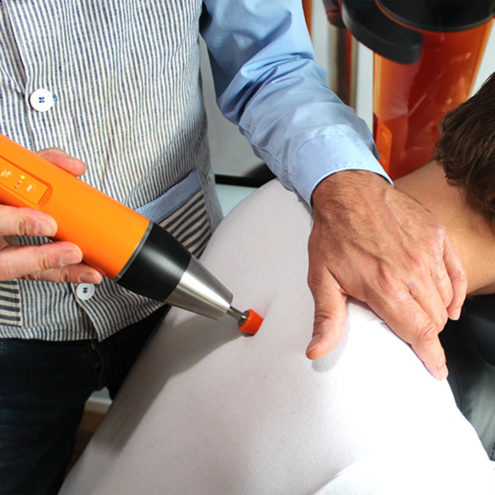Arch pain: understanding, preventing and treating it
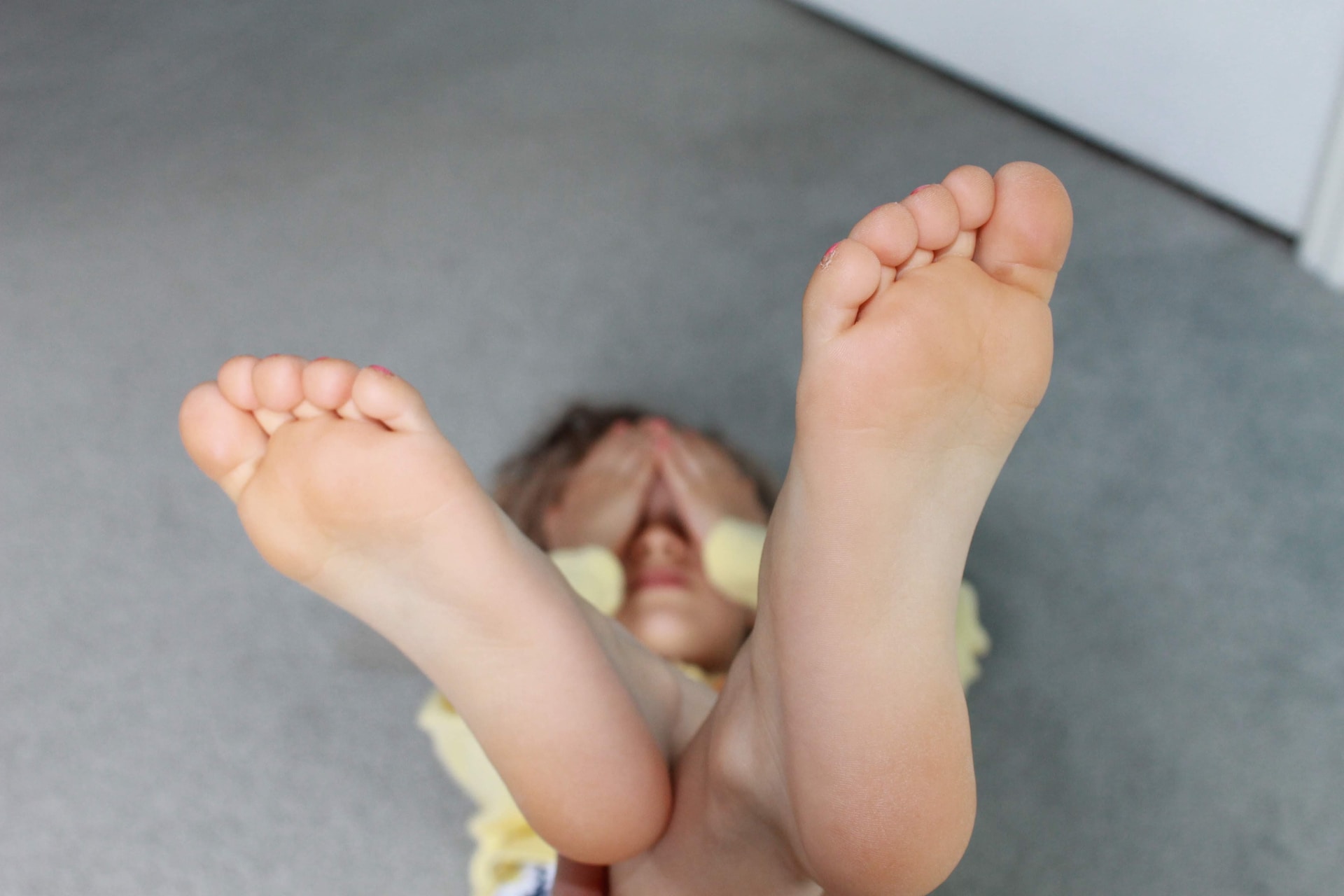
Arch pain is a very common problem and can affect people of all ages. This type of pain can be very stressful, to the point that a person’s mobility and daily activities can be significantly limited. Here at FasciaClinics, we understand the importance of managing arch pain and offer tips for both prevention and treatment.
What is pain in the arch?
Feeling pain in the arch refers to experiencing discomfort or pain in the arch of the foot, the area between the heel and forefoot. This part of the foot plays a very important role in supporting and distributing the weight of the body as well as assisting with the movement of the foot. Arch pain can result from a variety of causes, including problems with the anatomical structures of the foot such as the plantar fascia, poor biomechanics and the use of inappropriate footwear.
The plantar fascia is located under the foot and runs from the heel bone to our toes. Among other things, this structure supports the arch of the foot and acts as a tension rod, tightening it when the foot is loaded. This structure can become thickened and stiff if the foot is loaded incorrectly, which can lead to the arch being more easily overloaded and injured.
Causes of arch pain
Arch pain can occur for several reasons, such as sunken arches, overloading, or wearing shoes that do not offer enough support. Being overweight can also make the arch more prone to strain. These conditions can lead to a weakening or exaggeration of the arch’s natural concave shape, causing symptoms such as pain and discomfort.
Impact of shoes and foot strain
Improper footwear is a common cause of arch pain. Shoes that lack adequate support or cushioning for the activity being performed often lead to unnecessary strain on our arch. Overexertion due to activities involving prolonged standing or walking can also aggravate the pain.
The importance of foot musculature and strength training
Strengthening the muscles and plantar fascia around the arch can be a key factor in preventing pain and providing support and stability to the foot structure. Regular strength training with specific exercises can help strengthen these muscles and reduce the risk of pain.
Symptoms associated with pain in the arch
Common symptoms include a persistent feeling of tiredness in the foot, pain when walking or standing and also pain in the heel. It is also common to experience pain in other joints due to their compensatory work for the discomfort of the foot.
How we at FasciaClinics can help you
At FasciaClinics, we specialize in seeing and treating the body from a holistic perspective. We perform fascia treatments, a highly effective treatment method that focuses on treating and maintaining the fascia in our body. Fascia is the network of connective tissue that binds and permeates everything in our body. All cells, tissues (even bone), muscles and organs contain fascia.
Fascia treatment focuses on releasing tension and adhesions in the fascia and increasing its flow. This allows us to have an improved mobility of the body with less pain and improved self-healing.
During the visit, we analyze the whole body to see where compensations and imbalances are and how they have spread. If there is an imbalance in the body, there is a risk that they will spread and affect other structures. That’s why it’s very important to seek help quickly as soon as you get any symptoms. Fascial treatment for bunions involves balancing the body to even out the load on the feet. More even loading reduces the risk of overstressing and injuring the arch of the foot. During the treatment, the entire pelvis is adjusted so that the legs and feet are balanced and relieved. A treatment is done both manually and mechanically with gentle vibrations. The vibrations cause the fascia to loosen up and start the flow so that the cells can absorb substances more easily. The treatment does not hurt and is often experienced as very pleasant.
Treatment options for pain in the arch
Self-help tips and foot exercises
We recommend specific simple exercises that can improve the musculature of the foot and thus strengthen the support provided by the arch. These can include simple exercises such as foot rolls, plantar fascia stretches and toe lifts. Using heat and cold can relieve pain, swelling and inflammation. An easy way to soften bunions is to roll a ball under your foot for a few minutes.
When and why to seek professional help
If your pain is persistent, worsening or preventing you from carrying out your daily activities, it is important to seek help. At Fascia Clinics, we can offer treatment that addresses the cause of your pain and helps you return to an active lifestyle. It is important that after treatment you do not go back and do activities that may prevent healing. Reviewing your footwear is also important.
If self-care, as well as simple foot exercises and shoe changes, do not improve the pain within a few weeks, it is important to seek professional care. A physiotherapist can provide a tailored exercise program and can sometimes make custom-made inserts to support and protect your arch.
If you’re suffering from arch pain, don’t let the condition worsen. Contact us at FasciaClinics to schedule a consultation so you can get help with your pain quickly. By working together, we can create an effective treatment plan that restores your comfort and mobility.
 Search
Search

